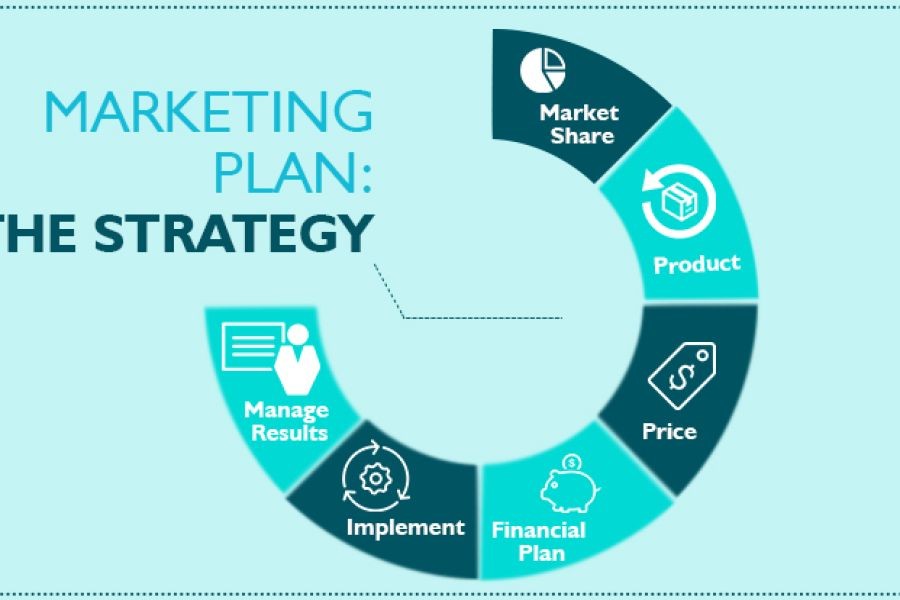Australia’s economy is underpinned by a variety of investment assets, each offering unique opportunities and challenges. For construction economists and investors, understanding the dynamics of these assets is crucial for making informed decisions. This article delves into the truth about Australia’s most profitable investment assets, supported by data and expert insights to guide your investment strategies.
The Current Landscape of Investment Assets in Australia
Australia has a robust investment landscape, characterized by a mix of traditional and emerging assets. According to the Reserve Bank of Australia (RBA), the country’s investment market has been experiencing steady growth, driven by both domestic and international demand. Key sectors such as real estate, mining, and technology have shown significant promise, with real estate remaining a cornerstone of investment portfolios.
Real Estate: A Pillar of Stability
Real estate continues to be a dominant asset class in Australia. The Australian Bureau of Statistics (ABS) reports that despite fluctuations, property prices have consistently shown resilience, particularly in urban centers like Sydney and Melbourne. However, the market is not without its challenges. The RBA highlights concerns over housing affordability and mortgage stress, particularly as interest rates rise. Yet, for long-term investors, real estate offers solid returns, with rental yields and property appreciation providing a dual stream of income.
Case Study: Sydney's Real Estate Market
Sydney’s real estate market exemplifies the potential and pitfalls of property investment. In 2024, property prices in Sydney rose by 12%, outpacing wage growth. This surge was driven by a combination of low interest rates and high demand from overseas investors. However, the market faced challenges with affordability, prompting potential regulatory interventions by the Australian Competition & Consumer Commission (ACCC) to ensure fair pricing practices.
Emerging Technologies and their Investment Potential
The technology sector is another burgeoning area for investment in Australia. With the government’s focus on innovation and digital transformation, tech startups have become a lucrative avenue. According to Deloitte, investments in Australian tech firms have increased by 40% over the past three years, driven by advancements in artificial intelligence, fintech, and cybersecurity.
AI and Automation: The Future of Investment
AI-driven startups are particularly attractive due to their potential to disrupt traditional industries. For instance, AI solutions in healthcare and finance have shown promising returns, with increased efficiency and reduced operational costs. Investors are advised to consider the ethical implications and regulatory landscape, as highlighted by the Australian Prudential Regulation Authority (APRA), to navigate potential risks involved in AI investments.
Case Study: Atlassian - A Tech Success Story
Atlassian, a leading Australian tech company, provides a blueprint for successful tech investments. The company’s focus on cloud-based solutions and collaborative software has led to a market valuation of over AUD 50 billion. By continuously innovating and expanding its product line, Atlassian has captured a significant share of the global software market, showcasing the potential for high returns in the tech sector.
Traditional Assets: Gold and Mining
Australia’s rich natural resources make mining and commodities a significant part of its investment portfolio. Gold, in particular, remains a safe haven asset, especially in times of economic uncertainty. The Australian government’s supportive policies, including tax incentives for mining companies, enhance the appeal of this sector.
Mining Risks and Rewards
While mining offers substantial rewards, it is also subject to environmental and regulatory challenges. The Australian Securities and Investments Commission (ASIC) advises investors to carefully assess the environmental impact and sustainability practices of mining companies to mitigate risks.
Case Study: BHP - Mining Giant
BHP, one of the world’s largest mining companies, has consistently delivered robust returns to its investors. By diversifying its portfolio and investing in sustainable mining practices, BHP has managed to balance profitability with environmental responsibility, setting a standard for other players in the industry.
Contrasting Investment Strategies: Risk vs. Reward
Investors must weigh the risks and rewards associated with different asset classes. Real estate offers long-term stability but requires significant capital. In contrast, tech investments can yield high returns but come with higher volatility. Mining remains a staple, but environmental and regulatory hurdles must be addressed.
- Pros of Real Estate: Steady income from rentals, long-term appreciation.
- Cons of Real Estate: High entry costs, market volatility.
- Pros of Tech Investments: High growth potential, innovation-driven.
- Cons of Tech Investments: Volatility, regulatory risks.
- Pros of Mining: Tangible assets, global demand.
- Cons of Mining: Environmental concerns, regulatory scrutiny.
Future Trends and Predictions
Looking ahead, Australia’s investment landscape is likely to be shaped by technological advancements and sustainability initiatives. By 2028, it is predicted that 40% of Australian banks will adopt blockchain-based solutions for cross-border transactions, according to a Deloitte Banking Report. Furthermore, the push towards renewable energy is expected to open new investment avenues, particularly in solar and wind power sectors.
Conclusion
Understanding the dynamics of Australia’s most profitable investment assets requires a comprehensive analysis of market trends, regulatory impacts, and risk assessments. For construction economists and investors, diversifying portfolios to include a mix of real estate, tech, and mining assets can provide a balanced approach to maximizing returns. As the investment landscape evolves, staying informed and adaptable will be key to seizing future opportunities.
Final Takeaway: To stay ahead, investors should consider a diversified approach, balancing traditional and emerging assets while keeping an eye on regulatory developments and sustainability trends. Join our newsletter to stay updated on the latest investment insights and strategies!
People Also Ask
- How does real estate impact the Australian economy? Real estate significantly contributes to the Australian economy by driving construction, employment, and consumer spending, while also influencing housing affordability and interest rates.
- What are the biggest misconceptions about investing in technology? A common misconception is that tech investments are only for high-risk portfolios, whereas diversification and innovation can offer substantial returns even for conservative investors.
- What upcoming changes in Australia could affect investment strategies? By 2026, new sustainability regulations and technological innovations could shift investment strategies, requiring investors to adapt to emerging trends in green energy and digital solutions.
Related Search Queries
- Most profitable investments in Australia 2025
- Investment trends in Australia
- Real estate investment opportunities in Sydney
- Technology startups in Australia
- Best sectors to invest in Australia
- Mining investment in Australia
- Australian investment market analysis
- Future of tech investments in Australia































adelinerasch81
7 months ago